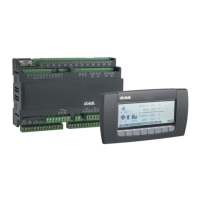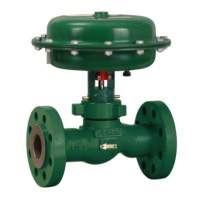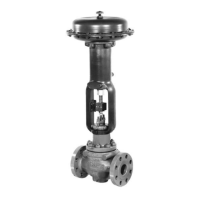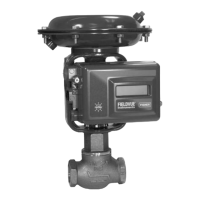20
Safety Manual
00809-0200-5100, Rev GB
Installation and Configuration
February 2017
Installation and Configuration
4.2.2 Safety alarm parameters and tank geometry
Figure 4-7 to Figure 4-8 illustrate the tank geometry for a Rosemount 5900 with Parabolic
Antenna and Array Antenna in a Rosemount Tank Gauging Safety System.
Figure 4-9 to
Figure 4-10 show the geometry with an optional Proof Test Reference Reflector.
Figure 4-7. Tank Geometry for Safety Alarm configuration
Table 4-5. Safety Alarm Parameters
See “Safety alarm configuration” on page 30 for a description of how to configure the
Rosemount Tank Gauging Safety System. See also Table 4-13 on page 36 for more information
on safety alarm parameters.
Safety Alarm Parameter Description
SIL High Alarm Limit Product distance at which the Safety Alarm is triggered for overfill. See “Setting the SIL
High Alarm Limit” on page 27.
SIL Low Alarm Limit Product distance at which the Safety Alarm is triggered for dry-run. Note that dry-run
is not supported for LPG/LNG antennas. See “Setting the SIL Low Alarm Limit” on
page 29.
SIL Hold Off Distance Adjustment This parameter can be used to increase the SIL Used Hold Off distance in order to filter
out radar echoes from disturbing objects near the nozzle (see “How to adjust the SIL
Hold Off Distance” on page 48 for more information).
SIL Used Hold Off Distance The SIL Hold Off Distance is typically used to filter out disturbances from a nozzle or
any other object near the antenna. There is a default value for each antenna (Antenna
Hold Off Distance) which can not be changed. The SIL Used Hold Off Distance is the
sum of the Antenna Hold Off Distance and the SIL Hold Off Distance Adjustment.
SIL Reference Point
SIL High Alarm Limit
SIL Surface Distance
Measuring Range
SIL Hold Off Distance Adjustment
SIL Antenna Hold Off Distance
SIL Low Alarm Limit
SIL Used Hold
Off Distance
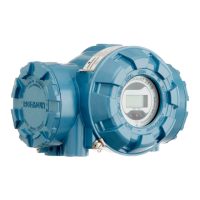
